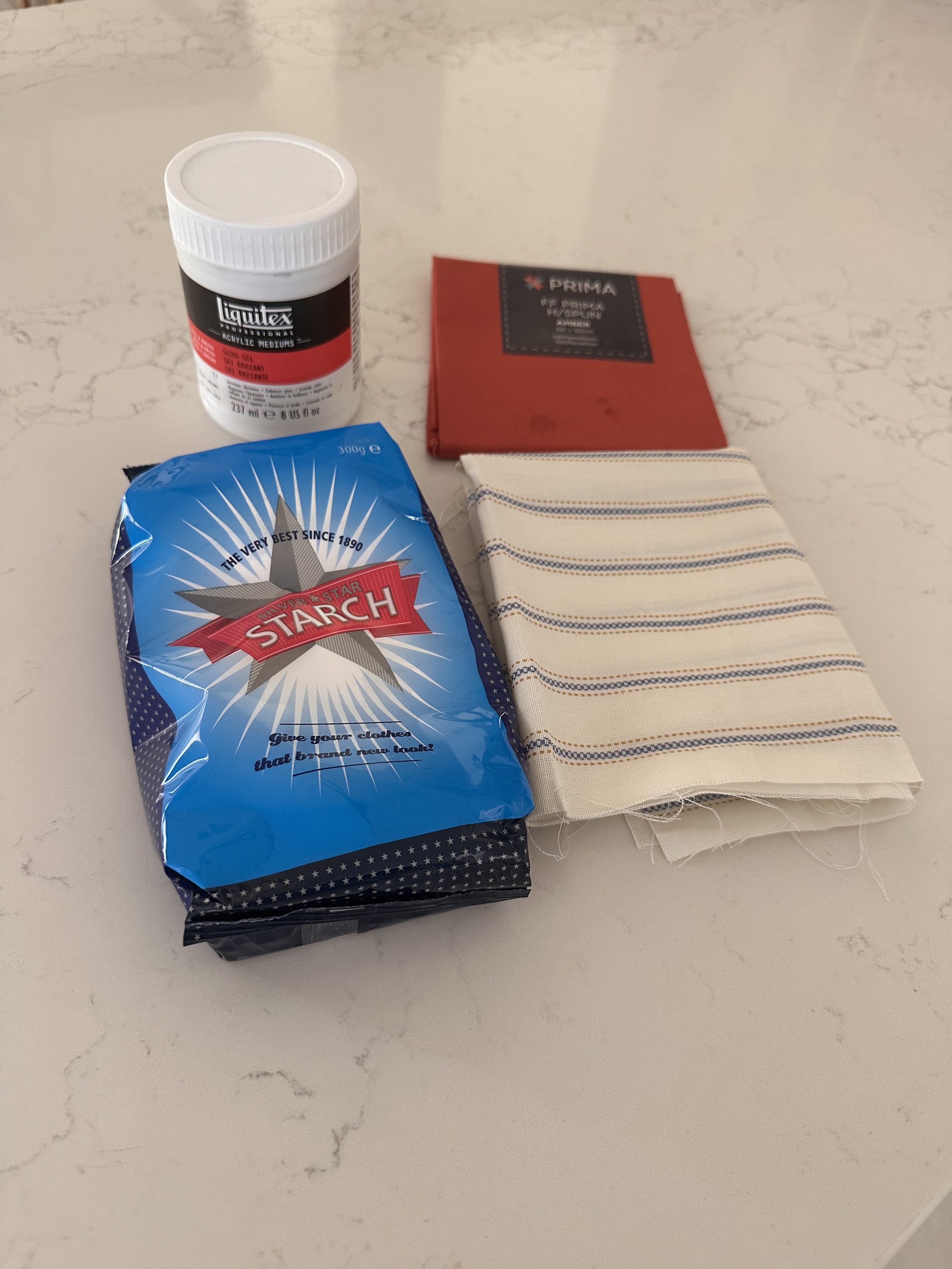The Handmade Renaissance: Why a handcrafted book makes the perfect personal gift.
In the era of mass production, there is a resurgence of appreciation for the artistry and craftsmanship of handmade goods. We are seeing a return to traditional techniques and celebration of the personal touch and uniqueness that comes with handcrafted items. Among these creations, handmade books stand out as timeless treasures that tell a story not just through words but through the very essence of their creation. Read on as I delve into a few of the reasons why I believe handcrafted items, and particularly books, can make the perfect personal gift.
Three Reasons Why Handcrafted Books Make the Perfect Personal Gift
Thoughtful and Unique: Handcrafted books are inherently special due to the time, effort, and attention to detail that go into making them. Each one is unique, reflecting the craftsmanship and personal touch of the creator. This uniqueness makes them not only one-of-a-kind, but the thought that has gone into the book can truly resonate with the recipient.
Meaningful Connection: Giving a handcrafted book as a gift shows a deeper level of care and consideration than simply purchasing a mass-produced item. The act of creating or selecting a handmade book allows the giver to tailor the gift to the tastes, interests, or special memories of the recipient. This personal connection adds an extra layer of meaning to the gift-giving experience.
Long-lasting and Cherished: Handcrafted books are made with high-quality materials that can stand the test of time. Unlike many store-bought gifts that might lose their appeal or functionality over time, a well-made handcrafted book can be cherished for years to come. Whether used for journalling, sketching, or simply displayed as a piece of art, a handmade book has the potential to become a treasured keepsake that can be handed through the generations.










